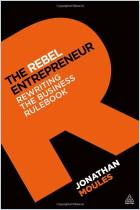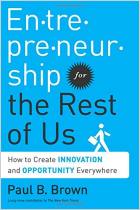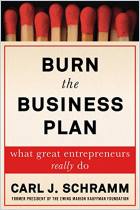Kim Hvidkjaer knows what it’s like to fail – as a 29-year-old millionaire, he lost all his money. But he also knows what it’s like to overcome failure – two years later, he regained it all, and then some. A passionate student of failure and success, Hvidkjaer distills the lessons he’s learned via his personal experience with start-ups and provides takeaways from his analysis of some 160,000 failed companies. He identifies eight main categories of “f*ckups” and how to avoid them, increasing the chances of your start-up’s success.
The vast majority of start-ups fail – for a wide variety of reasons.
If you’re considering starting a business – or already have – you’re not alone. Nearly two-thirds of 20-somethings want to own their own business or already do. Entrepreneurs start nearly 4.5 million businesses every year in the United States. But most fail: Nine out of ten start-ups collapse, and the number climbs to 97% for hardware start-ups.
Starting a business is hard work and emotionally challenging – like running a marathon across a minefield. New businesses die for a long list of reasons, but you can learn the preventable reasons why start-ups fail – the f*ckups that can destroy a business but aren’t inevitable. Most fall into one of eight categories: problems stemming from the founder’s mindset; an underbaked business model; insufficient market research; funding issues; problems with product development; poorly chosen team members; sales-related mistakes; and growth strategy missteps. Knowing the primary f*ckups that plague entrepreneurs can help you avoid stepping on landmines and increase the chances of your start-up succeeding.
Monitor your attitude toward your...














Comment on this summary